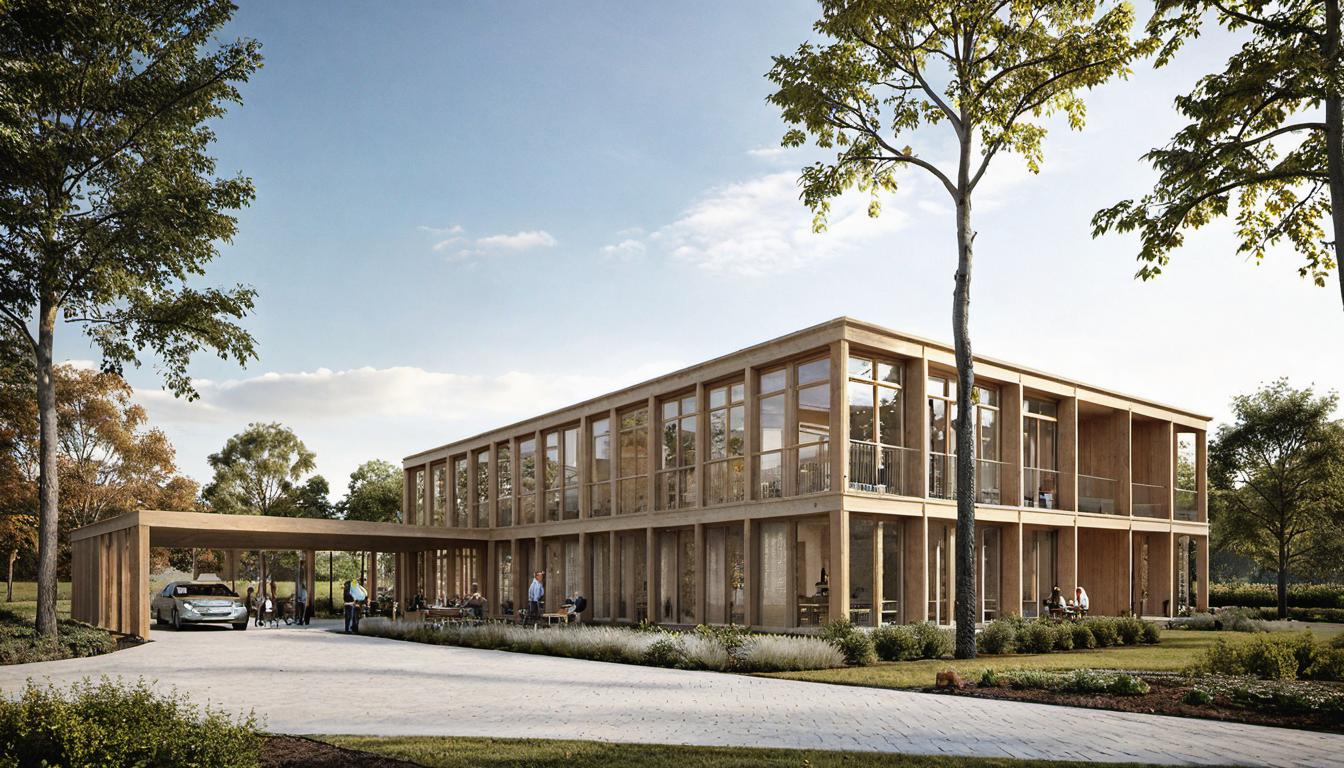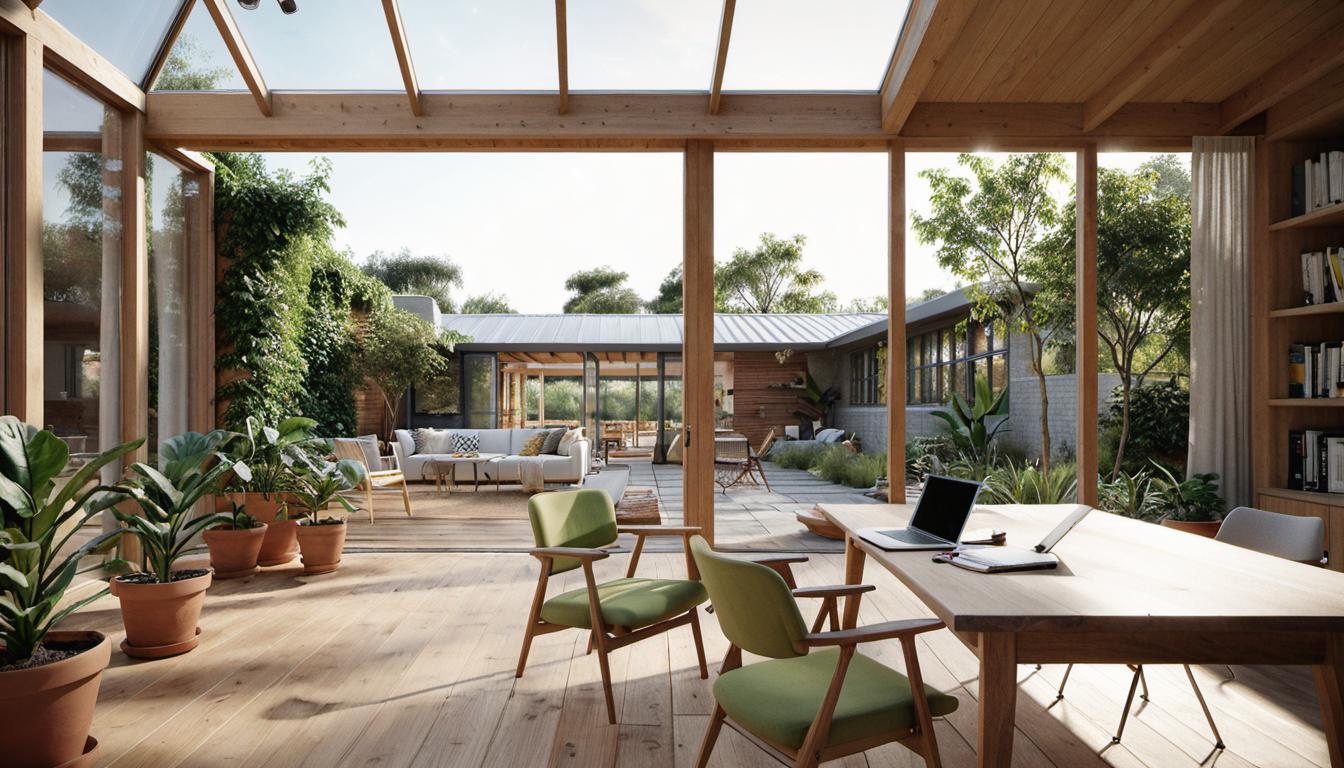Understanding 3D Prototyping Techniques for Architects
3D prototyping techniques have become an integral part of modern architectural practices. They provide a tangible way to visualize and test architectural designs before they reach the final construction stage. This article highlights the importance of these methods, specifically how they contribute to design validation, communication, and efficiency in architecture.
Rapid Prototyping: A Key Tool in Architecture
Rapid prototyping involves the quick creation of a physical model or part utilizing 3D Computer-Aided Design (CAD). This technique is vital for architects and architecture projects. It provides a means to not only validate a product’s functionality but also to test the sustainability of unique design concepts. The direct representation of theoretically abstract concepts through rapid prototyping makes it an invaluable tool for architects.
Getting Ahead with 3D Prototyping Techniques
Design optimization using 3D prototyping techniques involves executing 3D CAD designs in architectural projects. By testing the sustainability of your designs with rapid prototyping, you can reduce costs and improve the overall design. It becomes highly beneficial, especially in bigger projects like multi-level building prototypes where various sections can be prototyped separately based on specific needs using different prototyping methods.
3D Prototyping Techniques for Seamless Design
Common 3D prototyping techniques include Selective Laser Sintering (SLS), CNC machining, and Stereolithography (SLA). While 3D printing is the most popular for creating scaled models, rapid prototyping offers a wider variety. Choosing the most appropriate technique largely depends on the specific needs of the project, making it essential to understand all available options in order to make an informed decision.
The 3D Prototyping Process from Start to Finish
The 3D prototyping process kicks off with a design idea, which gets digitized using CAD software such as Autodesk AutoCAD or 3D Max. The model then goes through several refinement stages where parameters around transparency, scale, geometry, and material properties are extensively refined. Finally, the design is printed and cleaned, resulting in a refined prototype that matches the initial design concept.
3D Prototyping Techniques: Beneficial for Architects and Beyond
On comparing 2D drawings and physical models, the effectiveness of the latter is higher in providing a complete sense of the design. The use of 3D prototyping techniques in architecture proves to be a valuable asset. Besides being affordable, other benefits include high-quality, custom solutions for conceptualizing and verifying design concepts.
Efficiency and Value: The Impact of 3D Printing in Architecture
3D printing allows architects to create highly precise models quickly and affordably. More than just a standalone tool, 3D printers can be used alongside other techniques like CNC machining or laser cutting, forming a powerful and versatile arsenal for architects.
Taking a Closer Look at 3D Printing Techniques
Among the most popular 3D printing techniques are Stereolithography (SLA) and Fused Deposition Modeling (FDM). SLA resin 3D printers use a laser to cure liquid resin into hardened plastic, offering high resolution and accuracy of all plastic 3D printing technologies. Conversely, FDM achieves considerable speed and cost-efficiency, but may not provide the same level of detail and accuracy as SLA printers.
Reaping the Rewards: Rapid Prototyping for Architects
The key value in using rapid prototyping for architects is an increase in design outcomes and client satisfaction. These techniques promote collaboration and creativity within architectural projects. It’s also an effective means to engage clients, providing a tangible model they can interact with, increasing understanding and acceptance of design concepts.
Addressing Frequently Asked Questions on 3D Prototyping
Q: What is the purpose of rapid prototyping in architecture?
A: Rapid prototyping in architecture provides a way to quickly create physical models of designs. This aids in effectively communicating architectural concepts before construction begins, potentially reducing design optimization and development costs.
Q: How does 3D printing contribute to architectural model making?
A: 3D printing simplifies architectural model making, allowing conversion of CAD drawings into physical 3D models quickly and with precision. 3D printers can work continuously and produce complex designs, thus saving time and improving communication of designs.
Q: What are some popular techniques for 3D printing architectural models?
A: Several techniques are used for 3D printing architectural models, such as Stereolithography (SLA), Fused Deposition Modeling (FDM), Selective Laser Sintering (SLS), and Binder Jetting. Each has its advantages, like SLA for high resolution or FDM for cost-efficiency.
Q: How has rapid prototyping influenced architectural workflows?
A: Rapid prototyping has helped streamline architectural workflows. It enables architects to quickly iterate designs and explore multiple concepts, enhancing collaboration between stakeholders and promoting client engagement.
Q: What are the benefits of using 3D printing for rapid prototyping?
A: Benefits of using 3D printing for rapid prototyping include cost-efficiency, time-saving, and confidentiality. It allows for the fast creation of physical models to test design efficacy and make design variations, all while keeping designs in-house for security purposes.






